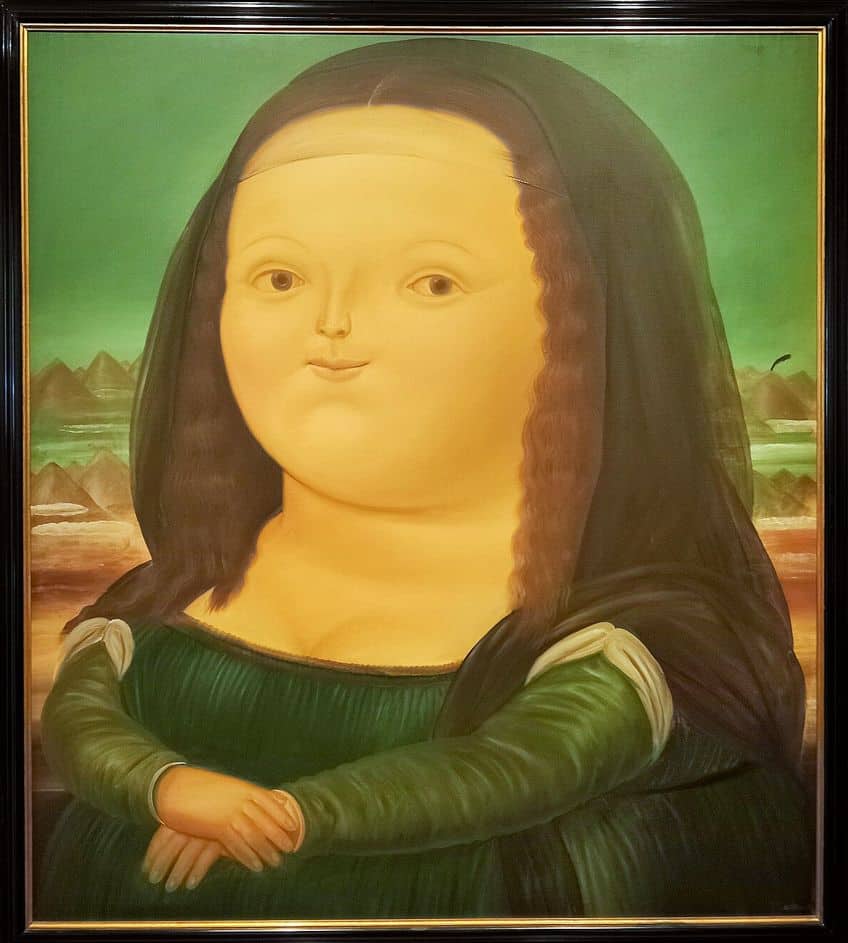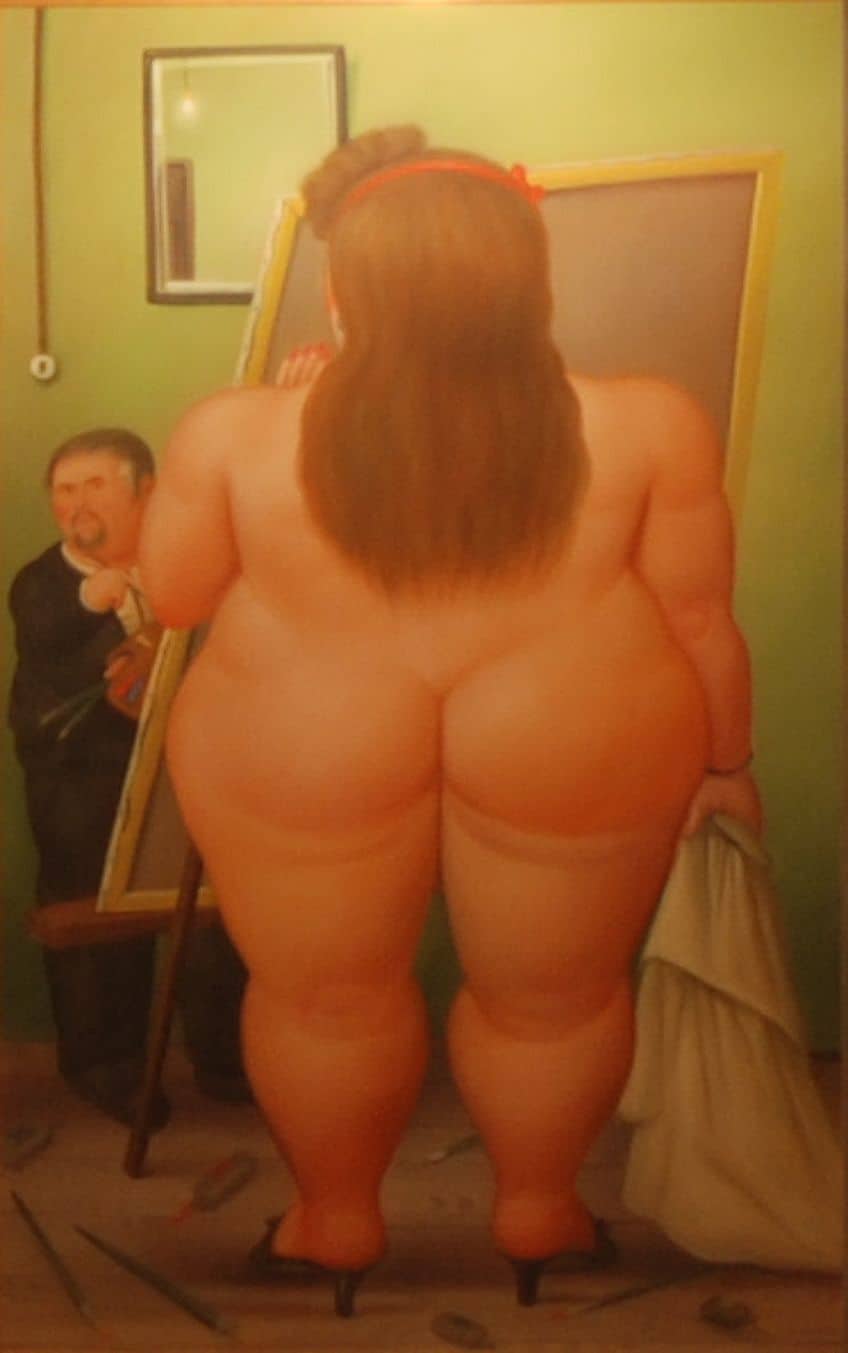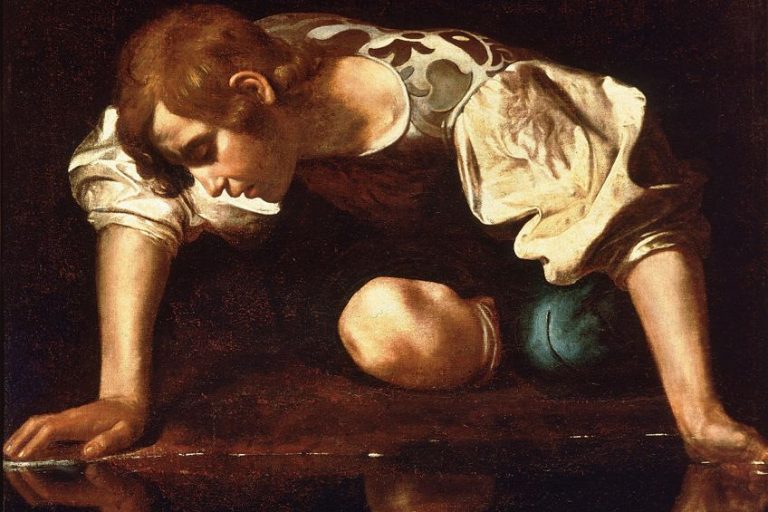Fernando Botero Paintings – Explore This Artist’s Distinctive Style
Fernando Botero, acclaimed for his signature style marked by exaggerated forms and vibrant colors, is a towering figure in the art world. In this article, we delve into Botero’s top 10 paintings, exploring his unique artistic vision and the profound themes that define his work. From whimsical reinterpretations of art history to insightful reflections on society and power dynamics, Botero’s paintings resonate with audiences worldwide. Join us as we uncover the beauty and enduring relevance of Botero’s masterpieces, inviting viewers into the captivating world of this iconic artist!
Key Takeaways
- Botero is celebrated for his distinctive style characterized by exaggerated forms and vibrant colors.
- He frequently delves into subjects surrounding power dynamics, political discourse, and the intricacies of human existence within his artworks.
- Botero’s art transcends cultural boundaries, captivating audiences worldwide with its whimsical charm and profound insights.

Top 10 Paintings by Fernando Botero
Fernando Botero, renowned for his distinctive style, employs exaggerated forms and vibrant colors to create captivating artworks. His paintings often reflect whimsical reinterpretations of classical art and insightful commentary on societal issues. In the following discussion, we’ll explore 10 of Botero’s most iconic works, each showcasing his mastery of form, color, and thematic depth.

Mona Lisa, Age 12 (1959)
| Date | 1959 |
| Medium | Oil on canvas |
| Dimensions (cm) | 211 x 195.5 |
| Where Is It Housed? | Museum of Modern Art, New York City, United States |
Botero’s Mona Lisa, Age 12 is a playful reinterpretation of Leonardo da Vinci’s iconic portrait, where he exaggerates the features and proportions in his signature style. The subject, a young girl, carries an air of innocence and curiosity, contrasting with the mysterious smile of the original.
Botero’s choice to depict Mona Lisa at a younger age adds a layer of innocence and timelessness to the painting, inviting viewers to reconsider the familiar masterpiece in a new light.

Dead Bishops (1965)
| Date | 1965 |
| Medium | Oil on canvas |
| Dimensions (cm) | Not specified |
| Where Is It Housed? | Not specified |
Dead Bishops is a somber and thought-provoking work by Botero, depicting a scene of tragedy and violence within the church hierarchy. The exaggerated forms of the bishops highlight the weight and solemnity of their positions, while the muted color palette adds to the solemn atmosphere.
Through this painting, Botero may be commenting on the corruption and moral decay present within institutional structures, prompting viewers to reflect on the darker aspects of human nature and power dynamics.

The Presidential Family (1967)
| Date | 1967 |
| Medium | Oil on canvas |
| Dimensions (cm) | 203.5 x 196.2 |
| Where Is It Housed? | Museum of Modern Art, New York City, United States |
In The Presidential Family, Botero satirizes political power by depicting a rotund presidential figure surrounded by his equally exaggerated family members. The composition exudes opulence and authority, yet the absurdly inflated forms of the figures serve as a critique of political excess and narcissism. Through his exaggerated portrayal, Botero highlights the disconnect between political leaders and the realities faced by ordinary citizens.
He is inviting viewers to question the legitimacy of authority and the cult of personality.
Homage to Bonnard (1972)
| Date | 1972 |
| Medium | Oil on canvas |
| Dimensions (cm) | 231 x 178 |
| Where Is It Housed? | Various collections |
Botero’s Homage to Bonnard pays tribute to the French post-impressionist painter Pierre Bonnard, known for his intimate domestic scenes and vibrant use of color. In this work, Botero adopts Bonnard’s aesthetic language while infusing it with his own characteristic style of exaggerated forms and voluptuous figures.
Through this homage, Botero not only celebrates Bonnard’s influence but also explores the universal themes of domesticity, comfort, and harmony in daily life, inviting viewers to appreciate the beauty found in simple moments.
Dancing in Colombia (1980)
| Date | 1980 |
| Medium | Oil on canvas |
| Dimensions (cm) | 188 x 231.1 |
| Where Is It Housed? | Metropolitan Museum of Art, New York City, United States |
Dancing in Colombia captures the vivacious spirit of Colombian culture through its depiction of dancers engaged in lively movement and rhythm. Botero’s figures, with their exaggerated proportions, exude energy and joy as they dance across the canvas.
Through his celebration of dance, Botero not only pays homage to his Colombian roots but also invites viewers to experience the vibrancy and exuberance of the local traditions and festivities.

Picnic (1989)
| Date | 1989 |
| Medium | Oil on canvas |
| Dimensions (cm) | Not specified |
| Where Is It Housed? | Not specified |
This work portrays a scene of leisure and camaraderie, where rotund figures gather to enjoy a meal in the outdoors. Botero’s exaggerated forms and gentle humor infuse the painting with a sense of warmth and conviviality, inviting viewers to join in the simple pleasures of human connection and shared experiences.
Through its universal theme of communal gathering, “Picnic” reflects Botero’s exploration of the human condition and the enduring bonds that unite us all.

Card Players (1991)
| Date | 1991 |
| Medium | Oil on canvas |
| Dimensions (cm) | 152.1 x 181 |
| Where Is It Housed? | Not specified |
Botero depicts a group of robust figures engaged in a game of cards, their exaggerated forms filling the composition with a sense of joviality and camaraderie. Botero’s careful focus on intricate details and vibrant color choices saturate the scene with a feeling of coziness and closeness, encouraging spectators to engage deeply with the card game’s intimate setting.
Through this painting, Botero captures the timeless appeal of human interaction and shared pastimes, celebrating the simple pleasures found in everyday life.
The Bath (1991)
| Date | 1991 |
| Medium | Oil on canvas |
| Dimensions (cm) | 49.5 x 34.3 |
| Where Is It Housed? | Not specified |
In The Bath, Botero presents a serene and intimate moment of domestic life, where a voluptuous woman luxuriates in a tub filled with water. The exaggerated forms and sensuous curves of the figure imbue the scene with a sense of sensual beauty and tranquility. Through his meticulous attention to detail and careful composition, Botero invites viewers to contemplate the universal rituals of self-care and relaxation.
He is celebrating the inherent dignity and grace found in everyday acts of nurturing the body and soul.

Dancers at the Bar (2001)
| Date | 2001 |
| Medium | Oil on canvas |
| Dimensions (cm) | 164 x 116 |
| Where Is It Housed? | Not specified |
Dancers at the Bar captures the grace and elegance of ballet dancers as they pause between performances, their exaggerated forms radiating with poise and strength. Botero’s meticulous care for details and his dynamic composition breathe life into the scene, imbuing it with a palpable sense of motion and energy.
Through his portrayal of dancers, Botero celebrates the discipline and dedication of artistic expression, inviting viewers to appreciate the beauty and artistry inherent in the human form.
The Death of Pablo Escobar (1999)
| Date | 2006 |
| Medium | Oil on canvas |
| Dimensions (cm) | Not specified |
| Where Is It Housed? | Not specified |
The Death of Pablo Escobar is a powerful and provocative work that captures the dramatic and violent end of the notorious Colombian drug lord. Botero’s composition, with its bold colors and dynamic forms, conveys the chaos and upheaval surrounding Escobar’s demise. Through his depiction of this pivotal moment in Colombian history, Botero confronts viewers with the consequences of power and corruption, inviting reflection on the complexities of justice and retribution in society.

Fernando Botero’s top paintings epitomize his unparalleled talent and profound insight into the human experience. Through his unique artistic approach, he welcomes spectators into a realm of beauty and reflection. From playful reinterpretations of classics to poignant societal commentary, Botero’s art transcends boundaries, resonating with audiences globally. As we contemplate his extraordinary works, we acknowledge the lasting influence of art in stirring emotions and sparking meaningful conversations. Botero’s legacy as a visionary artist continues to enrich the art world, leaving an indelible mark on all who experience his work.
Frequently Asked Questions
What Defines Fernando Botero’s Art Style?
Fernando Botero’s artistic style is marked by amplified shapes, ample figures, and vivid hues. He often portrays subjects with inflated proportions, giving his work a unique and whimsical charm.
What Themes Does Fernando Botero Explore in His Paintings?
Botero’s artworks frequently delve into topics like power dynamics, societal conventions, and the essence of human existence. He provides astute observations on politics, faith, and ordinary experiences, prompting viewers to ponder the intricacies of life through his artistic lens.
Isabella studied at the University of Cape Town in South Africa and graduated with a Bachelor of Arts majoring in English Literature & Language and Psychology. Throughout her undergraduate years, she took Art History as an additional subject and absolutely loved it. Building on from her art history knowledge that began in high school, art has always been a particular area of fascination for her. From learning about artworks previously unknown to her, or sharpening her existing understanding of specific works, the ability to continue learning within this interesting sphere excites her greatly.
Her focal points of interest in art history encompass profiling specific artists and art movements, as it is these areas where she is able to really dig deep into the rich narrative of the art world. Additionally, she particularly enjoys exploring the different artistic styles of the 20th century, as well as the important impact that female artists have had on the development of art history.
Learn more about Isabella Meyer and the Art in Context Team.
Cite this Article
Isabella, Meyer, “Fernando Botero Paintings – Explore This Artist’s Distinctive Style.” Art in Context. February 14, 2024. URL: https://artincontext.org/fernando-botero-paintings/
Meyer, I. (2024, 14 February). Fernando Botero Paintings – Explore This Artist’s Distinctive Style. Art in Context. https://artincontext.org/fernando-botero-paintings/
Meyer, Isabella. “Fernando Botero Paintings – Explore This Artist’s Distinctive Style.” Art in Context, February 14, 2024. https://artincontext.org/fernando-botero-paintings/.











